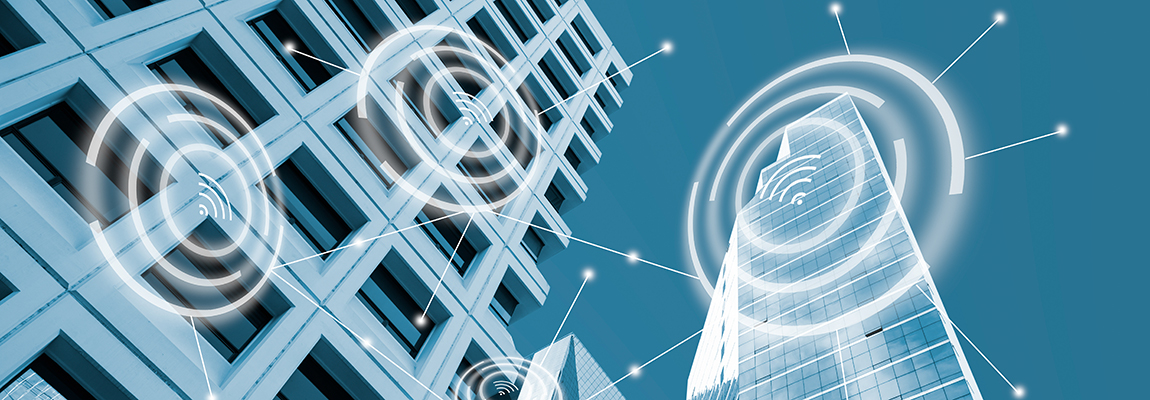Concrete has been the most fundamental material holding up our structures for thousands of years. However, over time, issues such as cracks or durability problems can arise, potentially threatening the safety of buildings.
This is exactly where the opportunities provided by technology come into play. With next-generation methods like concrete temperature sensors and strength predictions, more durable structures can be built to address these challenges.
After concrete is poured, a chemical process called ‘hydration’ begins inside it. Heat is released, and the concrete gradually hardens. However, there’s a critical point here. If the concrete is poured in very cold conditions, the process slows down; if it’s too hot, it dries too quickly and can crack. This is where concrete temperature sensors come in. These small sensors monitor temperature fluctuations in real-time as the concrete is being poured, ensuring the temperature stays within the ideal range.
Concrete temperature sensors improve efficiency.
Here are the key benefits of sensors in simplifying the process:
Real-Time Monitoring: You can instantly see how the concrete is “behaving.” If the temperature becomes unstable, you can take immediate action.
Early Warning System: The sensors immediately alert you when the temperature rises too high, preventing the concrete from cracking.
More Efficient Construction Processes: Concrete that works within the proper temperature range gains strength on time, speeding up construction processes.
Strength prediction keeps structural health in check
Concrete is a material that gains strength over time after being poured. But this process depends on temperature and environmental conditions. Monitoring the internal temperature of the concrete with sensors not only helps understand this chemical process but also allows for predicting how durable the concrete will be in advance.
Let’s say you’re working on a large construction project. Knowing when the concrete will be strong enough to bear load is a significant advantage, right? With the strength prediction provided by sensors, this is made possible.
In addition to all these features, sensors also offer:
Time Savings: By knowing when the concrete will reach its safe strength level, time wastage is avoided.
Cost Savings: It becomes possible to avoid unnecessary tests or extra material use.
Stronger Structures: Continuous monitoring of concrete strength helps detect potential errors or weaknesses early on.
These technologies are already making a significant difference in the field. However, we know that even more innovations are waiting for us in the future. With wireless systems and AI-supported analysis, it’s now possible to monitor the temperature and strength levels of concrete without even being on-site. For example, with technologies like LoRa or Wi-Fi, data can be automatically transferred to the cloud, allowing all project teams to access it remotely. Additionally, AI can analyze data from these sensors to predict the future strength development of the concrete. This makes it possible to build both safer and more sustainable structures. The benefits that future technologies will bring to achieving safer buildings excite us all today. Of course, these technologies not only make our buildings safer, but they also contribute to a sustainable construction approach by speeding up processes and reducing costs. If we want to build smart cities and resilient infrastructure, expanding the use of these technologies is crucial







